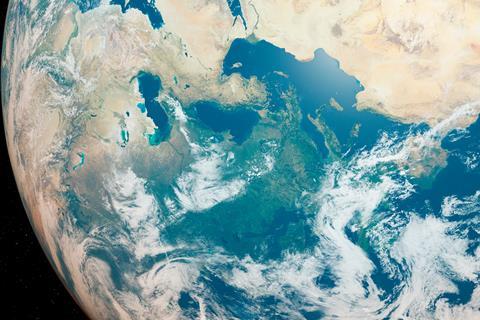A recent modelling study has raised new concerns about the unpredictability of solar geoengineering, questioning our ability to reliably manage the outcomes of this approach in reducing the impacts of climate change.

Solar geoengineering aims to cool the planet by reducing the amount of solar radiation reaching the Earth’s surface, reproducing the dimming effect observed after volcanic eruptions. This seems like a plausible solution on paper, especially given current efforts to curb greenhouse gas emissions are not going to be enough to avoid surpassing the 1.5°C threshold in the next decade. But since entering the mainstream scientific discourse, geoengineering approaches to climate change have been a divisive topic.
Depending on who you ask, solar geoengineering is seen as a threat to meaningful climate action, a remote fallback, or an essential piece of the puzzle. What most people can agree on is that we don’t yet understand its geophysical and political consequences well enough.
To address this, the team modelled regional effects of injecting sulfur aerosols into the tropical stratosphere. They used a global aerosol-chemistry climate model that links the chemistry and microphysics of sulfate aerosols within complex climate systems, specifically how aerosols absorb heat emitted by the Earth called longwave radiation.
‘We found that some detrimental effects of this injection are of a similar magnitude to those from climate change itself in some regions,’ the team writes. ‘This includes a strong warming 15km above the tropics, which alters large-scale weather patterns in the atmosphere … enhanced surface warming in the polar regions, and modification in regional precipitation patterns over land, therefore not completely alleviating the warming of the high-emission scenario in high northern latitudes.’
…click on the above link to read the rest of the article…